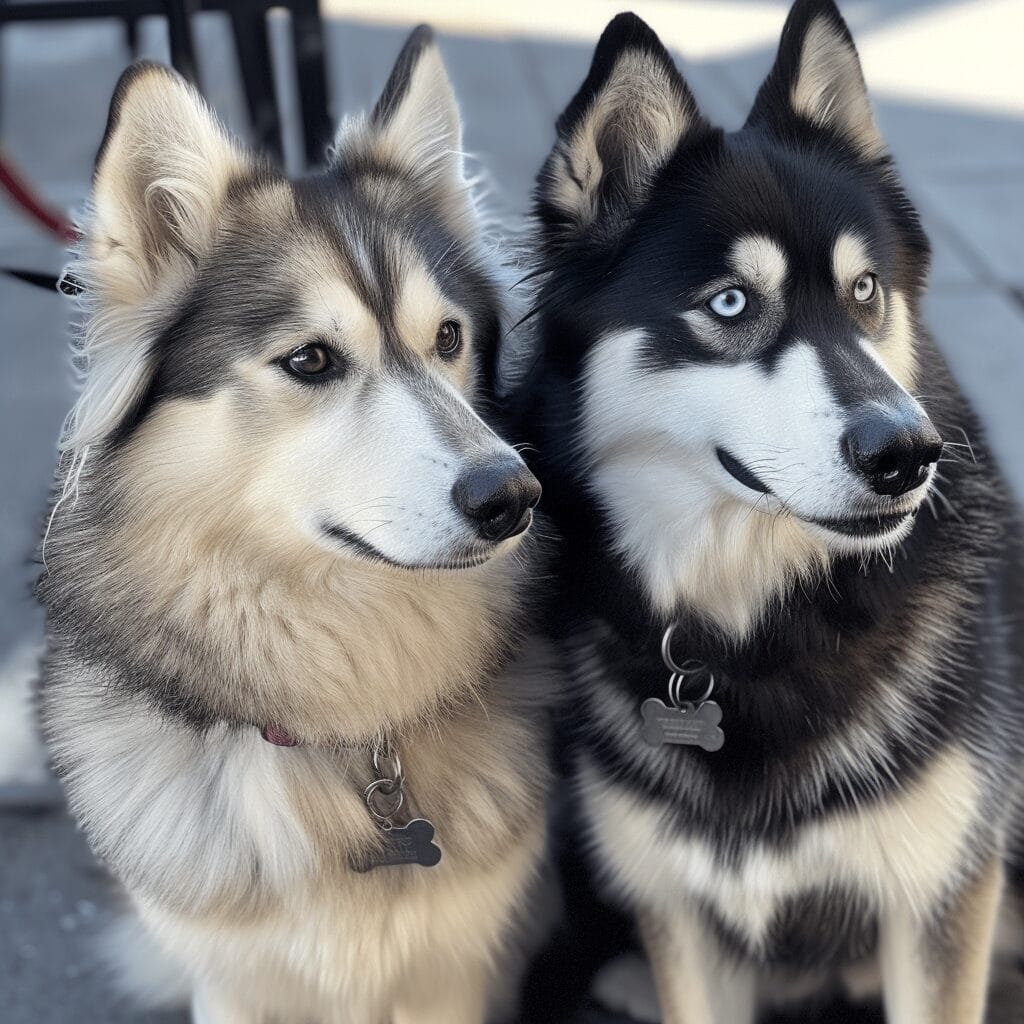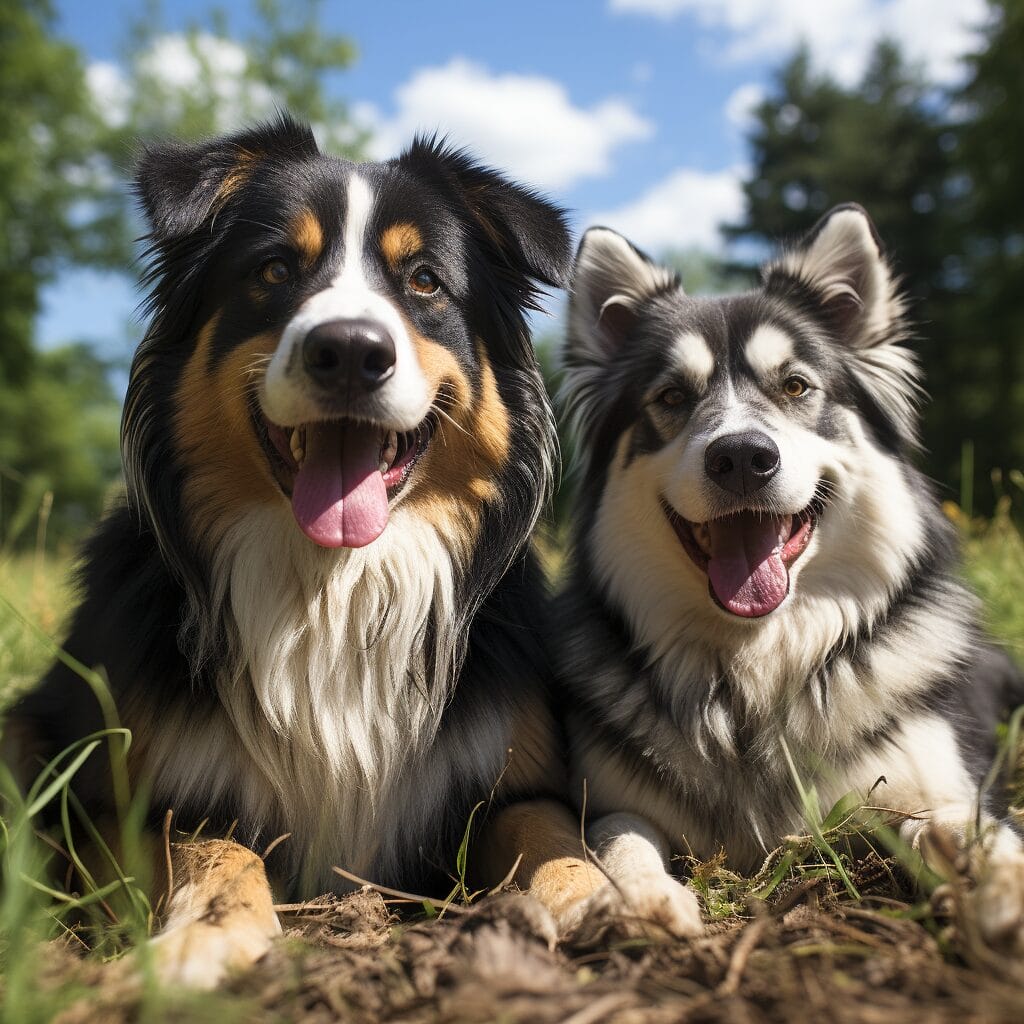Ever wondered about the key differences between Alaskan Klee Kai and Alaskan Malamute? Curious to know which furry companion would best suit your lifestyle? Dive into this comparison guide for a detailed breakdown of these two adorable yet distinct dog breeds. Unravel the mysteries behind their size, temperament, exercise needs, grooming requirements, and more to make an informed decision when choosing your new four-legged friend.
Alaskan Klee Kai vs Alaskan Malamute
Key Takeaways
- Understanding the historical background of Alaskan Klee Kai and Alaskan Malamute can provide insights into their characteristics and traits.
- Recognizing the size and weight differences between the two breeds is crucial for choosing the one that fits your lifestyle and living situation.
- Considering the recognition and registration of each breed can impact your decision in terms of breed standards and availability.
- Being aware of the temperament variations helps in selecting a dog that aligns with your personality and family dynamics.
- Prioritizing health and lifespan differences can guide you in providing appropriate care and managing potential medical issues.
- Tailoring activity and exercise routines based on the specific needs of Alaskan Klee Kai and Alaskan Malamute ensures a happy and healthy companionship.
Historical Background Comparison

Alaskan Klee Kai Development
The Alaskan Klee Kai breed was carefully crafted in the 1970s, making it a relatively recent addition to the canine world. These dogs were specifically bred to be smaller versions of their Husky ancestors. Due to their size and striking resemblance to Siberian Huskies, they quickly gained popularity as companion pets.
One key aspect is that the Alaskan Klee Kai exhibits a strong lineage tracing back directly to Siberian and Alaskan Huskies. This connection highlights their roots in sled-pulling and transportation roles, showcasing a blend of agility and endurance honed over generations.
Alaskan Malamute Origins
In contrast, the Alaskan Malamute has a much deeper history that dates back centuries. Originating from Alaska’s native Inuit people, these majestic dogs served as powerful sled dogs capable of hauling heavy loads across long distances in harsh Arctic conditions.
A significant distinction between the two breeds lies in their purpose: while both share ties with sledding heritage, the Alaskan Malamute stands out for its larger size and strength compared to the more petite Klee Kai. This difference underscores how selective breeding practices have shaped each breed’s characteristics over time.
Size and Weight Differences
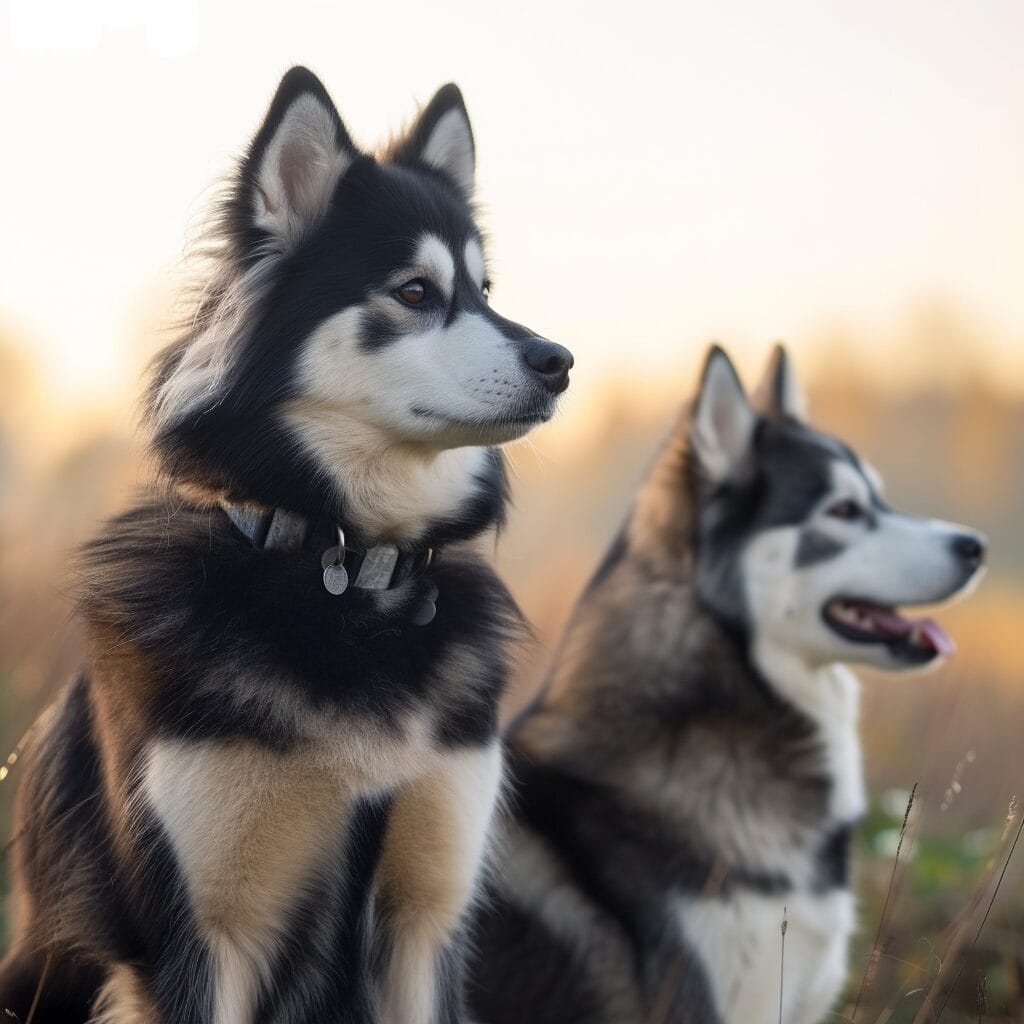
Alaskan Klee Kai
Alaskan Klee Kai are notably smaller than Alaskan Malamutes. These dogs have an average weight ranging from 10 to 20 lbs, making them petite compared to the hefty Malamutes. Despite their small size, Alaskan Klee Kai are known for their energetic and alert nature. They stand out due to their striking resemblance to Huskies but in a more compact package.
Alaskan Klee Kai’s diminutive stature is perfect for families living in apartments or smaller homes. Their manageable size makes them easier to handle during walks or trips, suitable for individuals seeking a loyal companion without the bulk of larger breeds.
Alaskan Malamute
In stark contrast, Alaskan Malamutes are significantly larger than Alaskan Klee Kai. These majestic dogs boast an impressive height and weight that sets them apart as one of the largest domesticated dog breeds globally. With an average weight well over 75 lbs, these gentle giants require ample space and exercise to thrive happily.
The substantial build of the Alaskan Malamute comes with its advantages – they excel at tasks requiring strength and endurance such as pulling heavy loads over long distances. Families looking for a robust working dog often opt for this breed due to its remarkable physical capabilities.
Recognition and Registration

Recognized Breeds
The Alaskan Klee Kai is recognized by the UKC, while the Alaskan Malamute holds recognition from the AKC. Both breeds enjoy being part of various kennel clubs, showcasing their popularity and demand among dog enthusiasts.
Both breeds have distinctive features that set them apart. The Alaskan Klee Kai is known for its small size and striking resemblance to its larger cousin, the Siberian Husky. On the other hand, the Alaskan Malamute boasts a robust build and a strong work ethic due to its history as a sled dog in Alaska.
Registration Process
Registering your pet with these kennel clubs can provide numerous benefits such as access to events, competitions, and resources tailored to specific breeds. Whether you own an Alaskan Klee Kai or an Alaskan Malamute, registering them under reputable kennel clubs ensures their pedigree is maintained accurately.
When you decide to register your furry friend with these organizations, ensure that all necessary documentation like proof of lineage and health checks are in order. By following these steps diligently, you can guarantee that your beloved companion receives all the perks associated with being a registered member of these prestigious clubs.
Temperament Variations
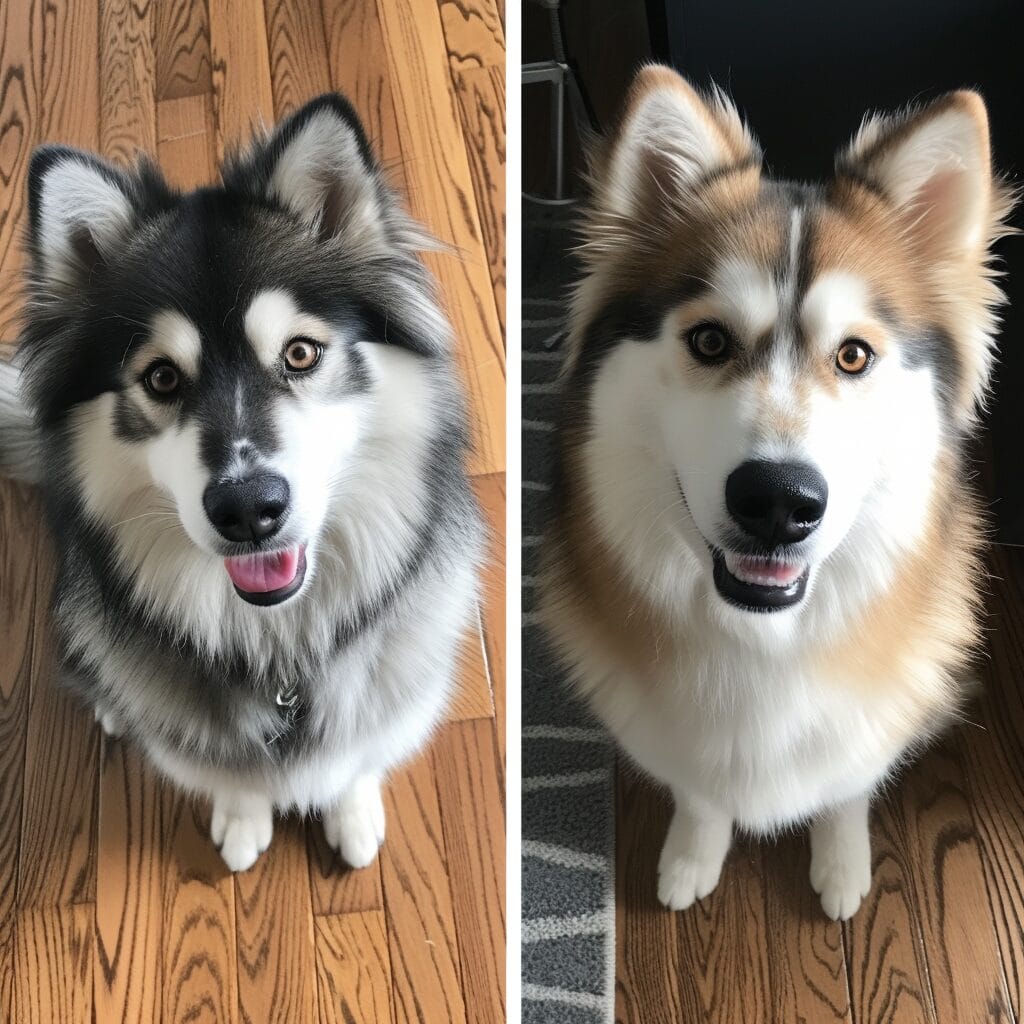
Alaskan Klee Kai
Alaskan Klee Kai, a small breed, is known for being reserved and sometimes aloof with strangers. Despite their size, they have big personalities and can be wary of unfamiliar faces. These dogs are loyal to their families but may take time to warm up to new people. Due to their cautious nature, early socialization is crucial for Alaskan Klee Kai to ensure they grow into well-rounded adult dogs.
One key trait of Alaskan Klee Kai is their intelligence; they are quick learners and thrive on mental stimulation. This makes them excellent candidates for activities like agility training or puzzle toys that challenge their minds. Due to their high energy levels, regular exercise is essential for keeping them happy and healthy.
- Pros:
- Intelligent and quick learners
- Loyal and devoted to their families
- Cons:
- Reserved around strangers
- Require early socialization for proper behavior development
Alaskan Malamute
Conversely, the Alaskan Malamute is generally friendly, affectionate, and outgoing towards both familiar faces and strangers alike. These dogs have a gentle disposition despite their large size. They are known for being great family pets due to their loving nature towards children as well as adults.
Being a draft dog historically used in cold weather regions like Alaska, Alaskan Malamutes have retained some of these traits over time. Their thick double coat helps them withstand harsh climates while also making them shed quite heavily during shedding seasons.
- Pros:
- Friendly and affectionate with everyone
- Great family pets due to gentle nature
- Cons:
- Heavy shedders requiring regular grooming 2 .
Health and Lifespan
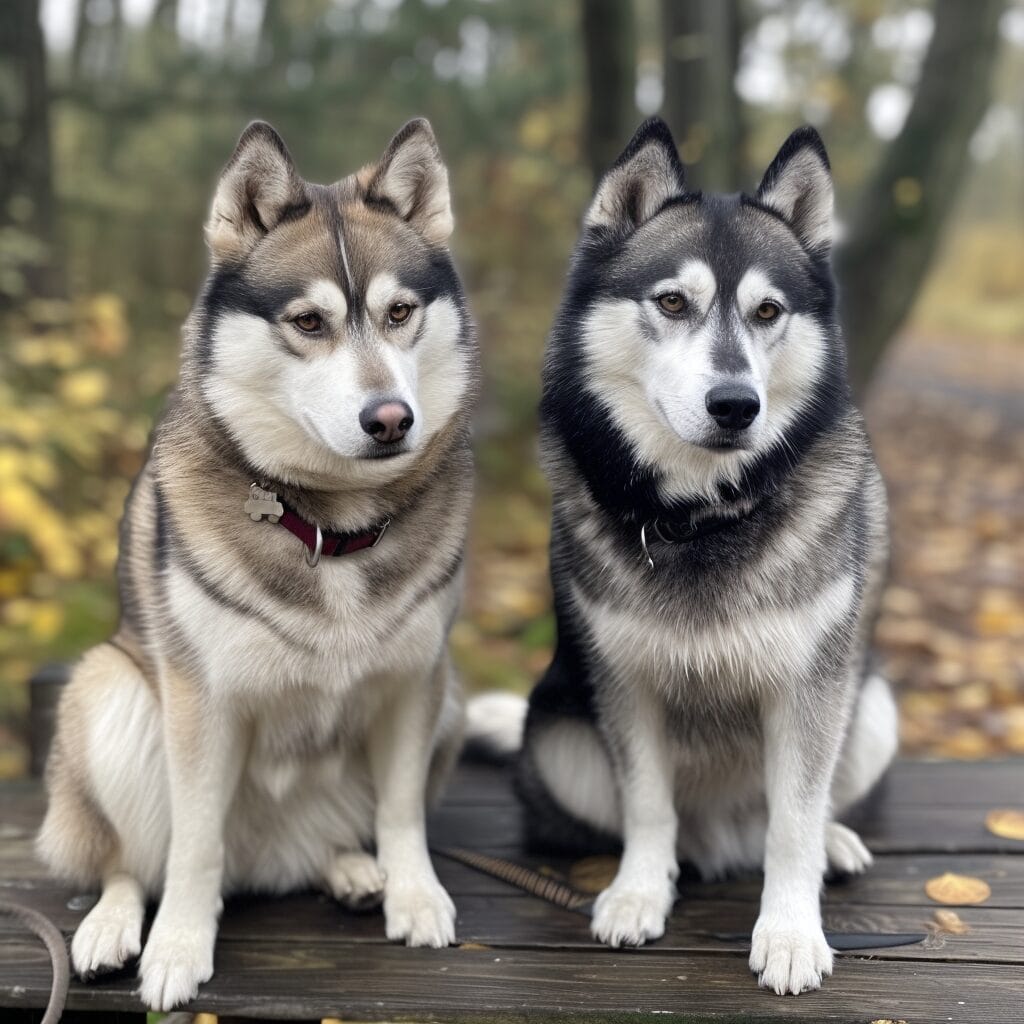
Lifespan Differences
Alaskan Klee Kai typically live between 12-16 years, whereas Alaskan Malamutes have an average lifespan of 10-14 years. This means that alaskan klee kai tend to live slightly longer than alaskan malamutes on average.
Both breeds are susceptible to specific health issues due to their genetic makeup and size. While the Alaskan Klee Kai is generally a healthy breed, they can still face certain hereditary conditions such as luxating patella or juvenile cataracts. On the other hand, Alaskan Malamutes are prone to hip dysplasia and inherited polyneuropathy.
Common Health Concerns
One of the frequent health problems both breeds share is obesity if not given enough exercise or fed a balanced diet. Obesity can lead to various health issues like joint problems and diabetes in these dogs. It’s crucial for owners of both alaskan klee kais and alaskan malamutes to monitor their weight carefully.
Maintaining an active lifestyle with regular exercise tailored to their needs can help mitigate these risks significantly. Providing proper nutrition suitable for each breed’s dietary requirements is essential in preventing potential health complications down the line.
Lifestyle Adjustments
For elderly people looking for canine companionship, opting for an Alaskan Klee Kai might be more manageable due to their longer life expectancy compared to Alaskan Malamutes. However, both breeds require love, attention, time commitment from their owners regardless of age or lifestyle.
Activity and Exercise Needs

Alaskan Klee Kai
Alaskan Klee Kai require moderate exercise to stay healthy and happy. These pint-sized pups have a good amount of energy but don’t need as much activity as larger breeds. Daily walks, interactive play sessions, and mental stimulation are essential for their well-being. While they enjoy outdoor activities like hiking or playing fetch in the yard, they can also adapt well to living in an apartment if their exercise needs are met.
One key factor to consider is their energy level; although not as high as some other breeds, it’s still important to provide them with enough physical and mental stimulation daily. Ensuring that they get enough exercise will help prevent behavioral issues that may arise from boredom or pent-up energy.
- Pros:
- Adaptable to different living environments
- Enjoy outdoor activities
- Cons:
- Require moderate exercise levels
Alaskan Malamute
On the other hand, Alaskan Malamutes need plenty of physical activity due to their large size and high energy levels. These working dogs were bred for pulling sleds over long distances through harsh terrain; hence, they thrive on tasks that challenge them physically. Daily vigorous exercises such as running alongside a bike or participating in dog sports like agility training are ideal for this breed.
Their need for work is deeply ingrained in their nature; without sufficient outlets for their energy, they may become destructive or develop behavioral problems out of frustration.
- Key Information:
- Need plenty of physical activity
- Thrive on challenging tasks
Both the Alaskan Klee Kai and Alaskan Malamute share a love for outdoor activities such as hiking or playing at the park. Engaging these breeds in regular exercises not only keeps them physically fit but also strengthens the bond between pet and owner by providing opportunities for social interaction during walks or playtime outdoors.
Trainability and Intelligence

Alaskan Klee Kai
Alaskan Klee Kai are known for their intelligence but can also be quite independent. This breed tends to have a strong desire to learn, making them relatively easy to train compared to other breeds. However, their independent nature might lead them to follow their own instincts at times during training sessions. It’s essential for owners of Alaskan Klee Kai to establish themselves as the pack leader early on in training.
Alaskan Klee Kai benefit greatly from early exposure to various environments, people, and animals. This helps in shaping their personality positively and ensures they grow up into well-rounded dogs who can adapt well in different situations.
- Pros:
- Intelligent and eager learners.
- Benefit from early socialization efforts.
- Cons:
- Independent streak may lead to challenges during training sessions.
Alaskan Malamute
On the other hand, Alaskan Malamutes can be a bit more challenging. While they are intelligent dogs with great potential for learning commands and tasks quickly, they also possess a certain level of independence that can sometimes translate into defiance during training sessions.
Similar to the Alaskan Klee Kai, early socialization is crucial for Alaskan Malamutes as well. Exposing them regularly and positively reinforcing good behavior helps mitigate any negative tendencies that may arise due to their strong-willed personalities.
- Pros:
- Intelligent working dogs with high learning potential.
- Can excel in tasks once trained properly.
- Cons:
- Stubbornness might pose challenges during obedience training.
Grooming and Allergies
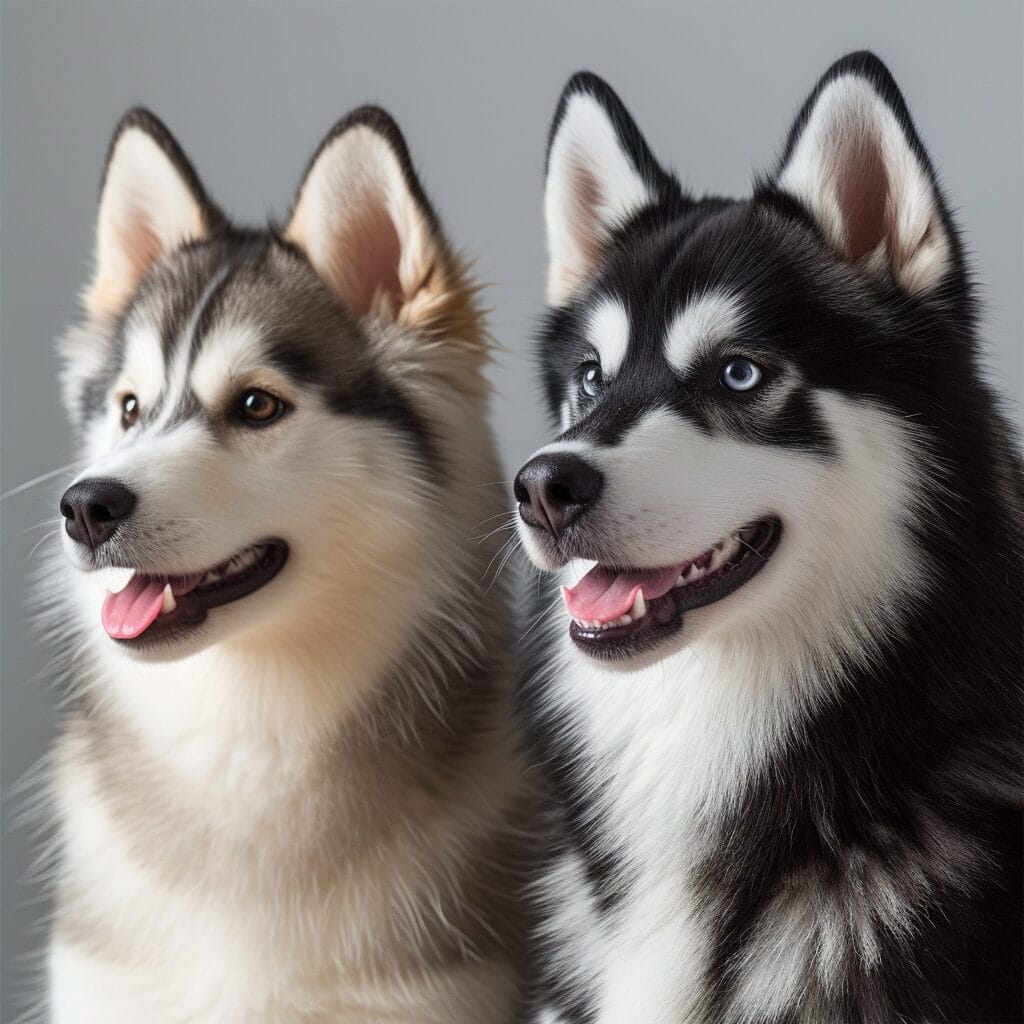
Grooming Needs
Alaskan Klee Kai are low maintenance dogs, requiring minimal grooming compared to Alaskan Malamutes. The double coat of the Alaskan Malamute makes them heavy shedders, especially during seasonal changes. This means more frequent brushing is necessary to manage their shedding.
The Alaskan Klee Kai’s coat is easier to maintain with regular brushing and occasional baths. On the other hand, Alaskan Malamutes need more attention due to their thicker fur that requires consistent grooming efforts. For families looking for a pet that doesn’t demand extensive grooming sessions, the Alaskan Klee Kai might be a better fit.
Allergy Concerns
Both breeds have the potential to trigger allergies in sensitive individuals due to their fur and dander. While no dog breed is entirely hypoallergenic, some people may find it easier to tolerate being around an Alaskan Klee Kai than an Alaskan Malamute because of their lower shedding levels.
Individuals prone to allergies should spend time with both breeds before making a decision on which one suits them best. It’s essential for prospective owners with allergy concerns to consider factors like daily interactions with the dog, cleaning routines, and potential allergic reactions when choosing between these two breeds.
Price and Ownership Costs
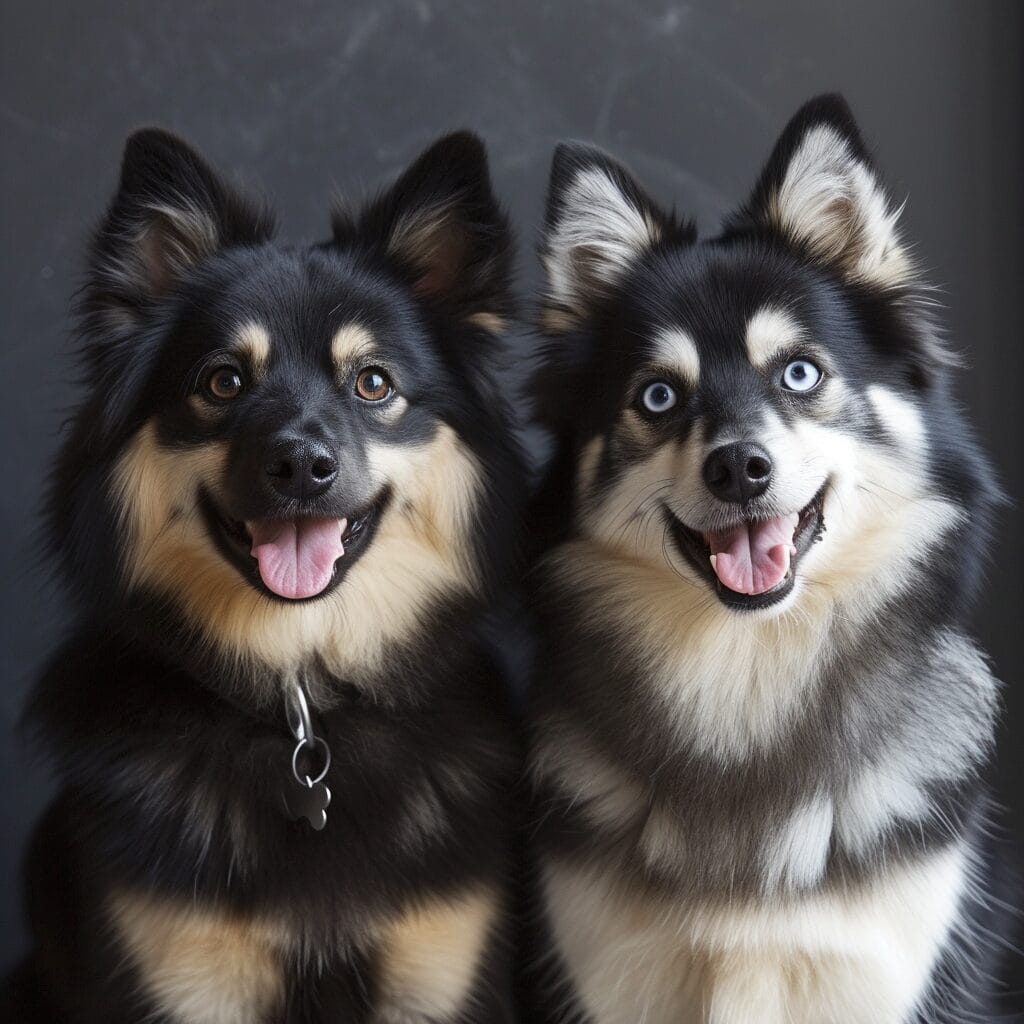
Initial Purchase Cost
Alaskan Klee Kai are generally pricier to buy initially compared to Alaskan Malamutes. The price of an Alaskan Klee Kai can range from $1500 to $3000, while an Alaskan Malamute may cost between $500 and $2000. Novice owners might find the initial cost of the Alaskan Klee Kai a significant factor to consider.
Potential owners need to take into account their budget constraints and long-term financial commitment. While the upfront cost of an Alaskan Malamute might be lower, they tend to have higher maintenance expenses due to their size and dietary needs.
Maintenance Costs Over Time
While the initial purchase price is one aspect, ongoing ownership costs play a crucial role in decision-making for prospective owners. The owner’s lifestyle, living situation, and financial capability are essential factors when considering either breed.
Prospective dog owners, especially novices, should be aware that owning any pet involves more than just the initial cost. For example, both breeds require regular veterinary check-ups, quality food tailored for high-energy dogs, grooming supplies like brushes or shampoos specific for their coat types.
- Pros:
- Owning an Alaskan Malamute could result in lower initial expenses.
- Higher maintenance costs associated with owning an Alaskan Klee Kai can provide better care options for your pet’s health.
- Cons:
- Novice owners might find it challenging to manage higher maintenance costs associated with owning an Alaskan Klee Kai.
- Lower upfront costs of purchasing an Alaskan Malamute may lead some owners into underestimating long-term expenses related to this breed.
You’ve delved into the world of Alaskan Klee Kai and Alaskan Malamutes, uncovering their differences in size, temperament, health, and more. Each breed brings unique qualities to the table, catering to different lifestyles and preferences. As you weigh your options between these adorable furballs, consider factors like activity levels, training ease, and grooming commitments. Remember, owning a dog is a long-term commitment akin to a marathon rather than a sprint.
Now armed with insights into these two fascinating breeds, take the time to reflect on what aligns best with your lifestyle and needs. Whether you opt for the compact Klee Kai or the majestic Malamute, ensure that your choice resonates with your heart and home. Embrace the journey ahead with open arms and wagging tails!
Frequently Asked Questions
Is an Alaskan Klee Kai suitable for first-time dog owners?
Alaskan Klee Kai can be a good choice for first-time dog owners who are committed to meeting their exercise and mental stimulation needs. Their intelligence and loyalty make them trainable, but they do require consistent training and socialization.
How do the sizes of Alaskan Klee Kai and Alaskan Malamute compare?
Alaskan Klee Kai is significantly smaller than the Alaskan Malamute. The former typically weighs between 10-20 pounds, while the latter can weigh up to 85 pounds or more. This size difference also reflects in their height and overall build.
Are there significant temperament differences between Alaskan Klee Kai and Alaskan Malamute?
Yes, there are notable temperament differences between these two breeds. While both are loyal and affectionate, Alaskan Klee Kai tends to be more reserved with strangers compared to the outgoing nature of an Alaskan Malamute.
What grooming requirements should I expect with an Alaskan Malamute versus an Alaskan Klee Kai?
The dense double coat of an Alakan Malamute requires regular brushing to prevent matting, especially during shedding seasons. On the other hand, while still having a double coat, the shorter fur of an Alaskaan kLee kai may require less maintenance in terms of grooming.
Which breed has higher activity needs – An alaskaan malamite or alaskain kleekai?
Both breeds have high energy levels but in different ways; An AKK might need intense mental stimulation due to its high intelligence level whereas AMs might need longer physical exercises due to their larger size.

